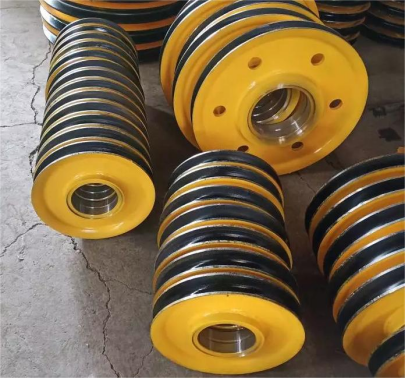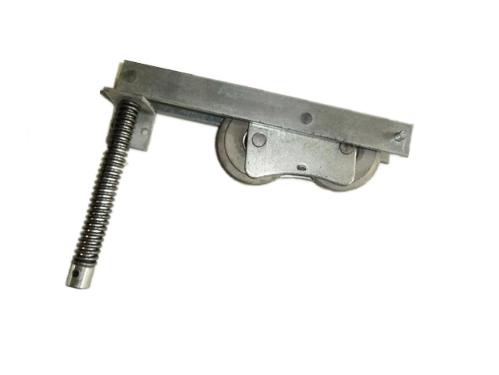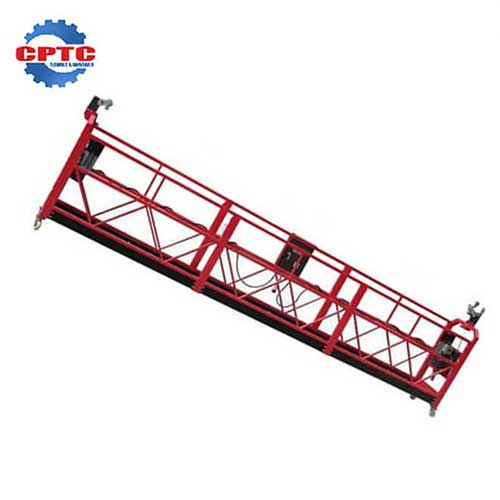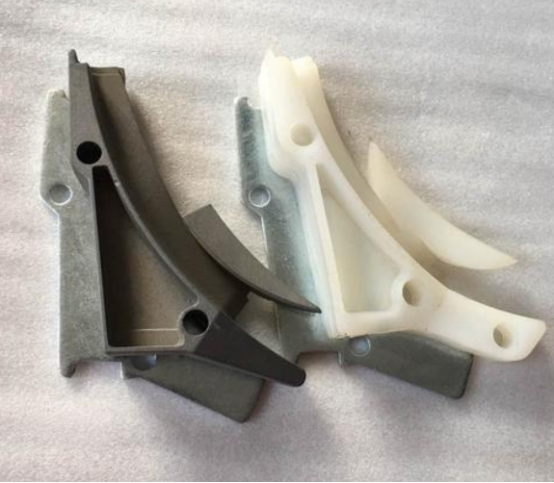The smooth, controlled movement of the load is paramount, and the safety of everyone below depends critically on one thing: the brakes. Electromagnetic brake coils are essential components used to provide controlled stopping and holding force in a wide range of equipment. They operate by generating a magnetic field when an electrical current is applied, which then engages a braking mechanism. This article will outline the key factors that should be considered when choosing an electromagnetic brake coil to ensure optimal performance, maximum safety, and a long and trouble-free service life.
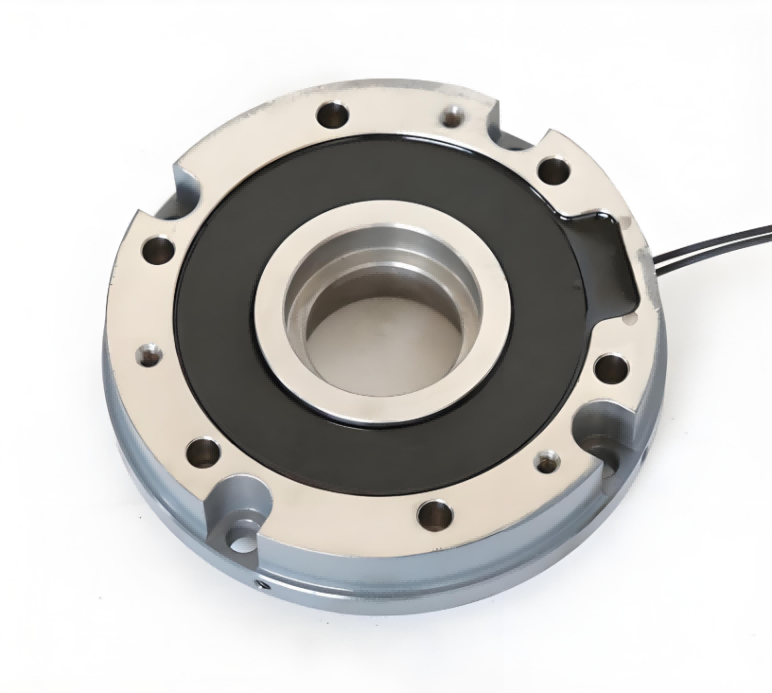
Why Need to Choose the Right Electromagnetic Brake Coil for Suspended Platforms?
Worker Safety: A brake failure could lead to falls, resulting in serious injuries or fatalities. The right brake coil ensures reliable and immediate stopping, preventing such accidents.
Load Stability: These platforms often carry heavy loads, including workers, equipment, and materials. The brake coil must be capable of holding these loads securely, even in windy conditions or with sudden movements. An inadequate brake could lead to load shifts or drops, endangering workers and those below.
Precise Positioning: Many tasks performed on suspended platforms require precise positioning. Whether it’s window washing, building maintenance, or construction, workers need to be able to control the platform’s movement accurately. The right brake coil allows for smooth and controlled stopping, enabling precise positioning and efficient work.
Emergency Situations: In case of power failures or other emergencies, the brake coil must have a reliable backup mechanism to ensure the platform can be stopped and held safely. This might include manual release options or redundant braking systems.
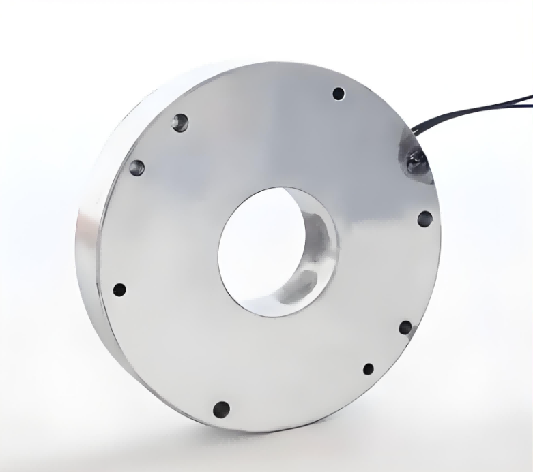
Key Selection Factors to Select an Electromagnetic Brake Coil
A. Load Capacity/Torque Requirements
Determining the required torque involves several considerations. First, you need to know the weight of the load being moved or held. This includes not just the object itself, but also any supporting structures or mechanisms.
Next, you need to consider the dynamics of the system. Is the load being accelerated or decelerated? What is the speed of movement? These factors influence the force required to stop the load. In rotational systems, like those found in many industrial applications, the torque is calculated based on the load, the radius of the drum or pulley, and any gear ratios involved.
Underestimating the load capacity of the brake coil can have severe consequences. The brake may fail to stop the load, leading to uncontrolled movement, potential damage to equipment, and, most importantly, serious safety hazards. The brake could slip, overheat, or even suffer mechanical failure.
B. Voltage and Current Requirements
Before selecting a brake coil, you must determine the available voltage and current in your system. This includes not only the nominal voltage (e.g., 120V, 240V AC, or 24V DC) but also any potential fluctuations or variations in the power supply.
Using a coil with a lower voltage rating than the supply can lead to burnout or premature failure. Conversely, using a coil with a significantly higher voltage rating might result in insufficient braking force. Similarly, the current requirements of the coil must be matched to the power supply’s capabilities.
C. Response Time
Response time refers to the time it takes for the electromagnetic brake coil to engage the brakes after a signal is received. A slow response time can mean the difference between a safe stop and a collision or other hazardous event. In applications where loads are moving at high speeds or where precise positioning is required, a quick response time is essential to prevent overruns or inaccuracies. Even in less dynamic applications, a reliable braking system ensures that the equipment will stop and hold securely when needed.
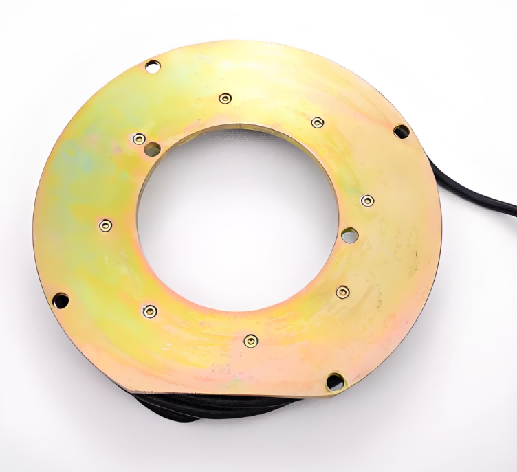
D. Duty Cycle and Operating Environment
A high-duty cycle means the brake is being engaged frequently or for extended periods, while a low-duty cycle indicates less frequent or shorter engagements.
The operating environment factors such as temperature, humidity, and the presence of dust, dirt, or other contaminants can significantly affect the coil’s performance. High temperatures can cause the coil’s insulation to degrade, reducing its lifespan and potentially leading to failure. High humidity can lead to corrosion of the coil windings and other components. Dust and other contaminants can accumulate on the coil, hindering heat dissipation and potentially causing overheating. In harsh environments to choose a brake coil that is specifically designed to withstand these conditions. This might involve using special coatings or enclosures to protect the coil from the elements.
E. Mounting and Integration
Before selecting a coil, carefully measure the available space and ensure that the coil’s dimensions are compatible. Consider the mounting method required: is it flange mounted, foot mounted, or does it require a custom bracket? The mounting design should be robust enough to securely hold the coil in place and withstand the forces generated during braking. A poorly mounted coil can lead to vibrations, misalignment, and premature wear.
The coil must interface seamlessly with the braking mechanism, whether it’s a disc brake, drum brake, or other type. Consider the shaft diameter, keyways, and other mechanical interfaces. The electrical connections must also be compatible with the existing wiring and control system. Ease of installation and maintenance should also be considered. A coil that is easy to access and replace will minimize downtime and simplify maintenance procedures. Look for features like plug-in connectors and easily accessible mounting points.
F. Durability and Reliability
The insulation material must be able to withstand the operating temperature and environmental conditions. The coil’s core material should have high magnetic permeability and low hysteresis losses. The mechanical components of the brake, such as the friction plates and springs, should be made from durable materials that can withstand repeated braking cycles.
Choose a coil from a reputable manufacturer with a proven track record of reliability. Minimal maintenance is also desirable to reduce downtime and maintenance costs. Look for features like sealed bearings, corrosion-resistant coatings, and easily replaceable components. Factors that contribute to durability include robust insulation to protect the coil windings from moisture and contaminants, and effective protection against corrosion, especially in harsh environments.
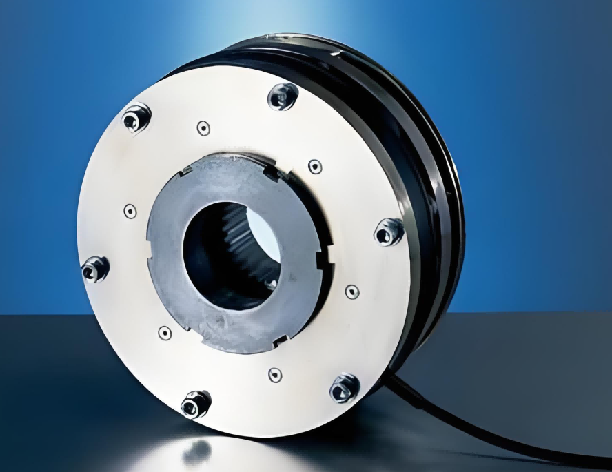
G. Safety Features
Some common safety features include manual release mechanisms, which allow the brake to be disengaged manually in case of power failure or other emergencies. Redundant braking systems, where two or more independent brakes are used, provide an extra layer of safety in critical applications. If one brake fails, the other can still bring the system to a safe stop. Other safety features may include thermal protection devices that prevent the coil from overheating and interlocks that prevent the equipment from operating if the brake is not functioning correctly.
Compliance with relevant safety standards and regulations is essential. Please consult the electromagnetic brake coil supplier directly.
CPTC Might Be a Good Choice
If you really think there are too many factors that need to be considered, you can directly choose a convincing manufacturer, consult his opinion, and consider choosing their high-quality products. CPTC manufactures and produces a wide variety of high-altitude work safety protection equipment, including electromagnetic brake coils. High-quality products can save you efficiency in the selection process. You only need to confirm whether they match your existing products.
Related Products
Sheave Assembly
Effortless and efficient
Advanced design and manufacturing technology
Multiple…
Rope Presser
Wire rope protection
Strengthens wire rope
Improves safety…
ZLP Series Suspended Platform
Simple and quick installation
Multiple security measures
Stable and…
Nylon Splitter
Durable and Long-lasting

